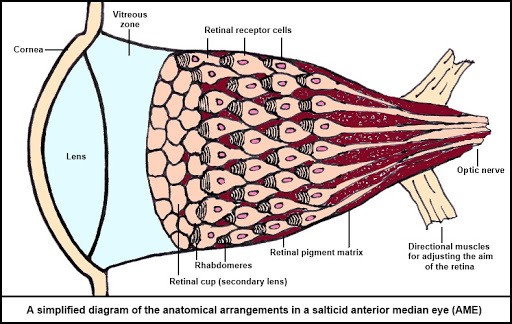I'm designing an alien creature that looks insectoid and had a question about compound eyes. The creature is about human in size, maybe a little larger, but I'm wondering if there is a size limit on compound eyes?
I know with vertebrate eyes (camera-type eyes?) there is a limit as to how large the eye can get before getting bigger won't add any benefits and therefore they don't go beyond a certain size.
In my case, the alien has a mantis-looking head with large mantis-looking eyes and is roughly the size of a man. Would this scale up fine and be functional or would my mantis-man have weirdly small eyes for its proportions in order for its eyes to still work?
Also, my insectoid alien does not have an exoskeleton, not sure if that is an automatic deal breaker for compound eyes or not.


